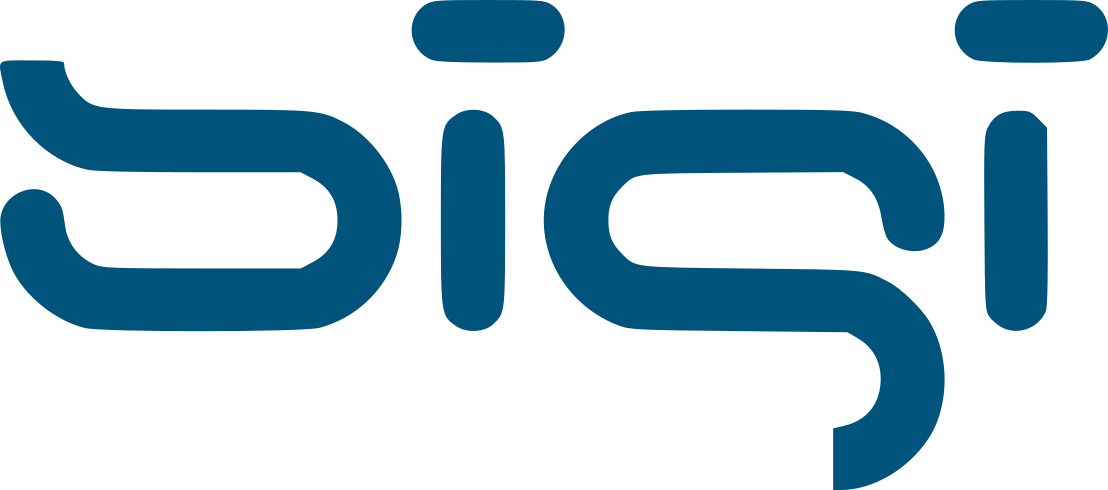One of the biggest buzzwords these days is probably digital transformation. No one can escape the digital technologies and processes that are changing our private and business life, and even administrations have to embrace the change.
There is no universal definition for the expression “digital transformation”, often used and abused for marketing purposes.
Each administration has to define the digitalization strategy within its own specific context, starting with an analysis of its stakeholders and value creation processes, then operations under their current organization and finally defining the transformation targets which can be achieved in well-defined time frames.
However, is not just about technology. It’s about processes, data structures, organization, people and methodology with the aim of bringing increased value and further services to the entire ecosystem and its stakeholders. Therefore, the key challenge for an administration embarking on a successful journey to digitalization is to cross link existing standalone activities/processes to a connected digitized and newly designed environment. Connectivity of different activities on a local and national level will speed up processes, reduce costs and offer the potential to create new products and services for citizens.
The pandemic greatly impacted traditional administration workflows, as limiting or canceling in-person meetings and causing many employees to work from home. This unexpected change accelerated reflections about how to operate and deliver digital rather than paper-based services to the public.
A few examples of new services which can arise through better data connectivity: a single digital exchange platform between national administrations, handling a process from A to Z can include citizens, resulting in a reduction of waiting times due to the transparent processing of files in a single, common flow. New processing services for citizens could appear with digital consultation hours offered by administrations, or simply a wider offer of accessible services outside the standard opening times.
I strongly believe that digitalization is a great opportunity to significantly improve people’s quality of life.
Barriers to digital transformation in administrations
According to various surveys, the two main barriers to the digital transformation in administrations are the lack of digital awareness and existing traditional administrative structures. Estonia is often quoted as a role model when it comes to digitally transform administrations. This might be due to its relatively young administrative structure, hence a reduction of country’s legacy burden.
Digital transformation distinguishes a radical rethinking of how administrations use technology, people and processes to fundamentally change business performance.
However, change can only come about through the people and a digital inclusive mindset. As a consequence, the workforce has to be prepared in order to eliminate fears about jobs being cannibalized by technology.
Re-designing organizational structures and digitalizing individual business processes needs to go along with the understanding of human factors such as psychology or empathy.
In any case the transformation we have to aim for is so big that there will be no lack of work.
Political courage is also required to overcome legal and institutional hurdles. For instance, the lack of a legal framework for the electronic signature is a key obstacle for a seamless digitalization of business processes in Luxembourgish municipalities. This is a topic that I know has been discussed for at least a decade. The best technology cannot help in the digitalization effort when basic reflexes are not made possible by law. It is no coincidence that the recent Digital Economy and Society Index (DESI) by the European Commission says that Luxembourg lags in e-government performance.
In Germany for instance, you have the Onlinezugangsgesetz (Online Access Act) stating that every German administration is obliged to provide its public services digitally by 2023.
The idea is not to have forms that are printed out and sent back to the administration for processing, or an intermediate system where data must be manually entered to achieve a result, but rather to include the stakeholders digitally and seamlessly.
I like the idea of digital inclusion of stakeholders into the process, and am very confident that with our digital government platform SIGINOVA, SIGI is well prepared to support the digital transformation journey of Luxembourgish administrations in upcoming years.
